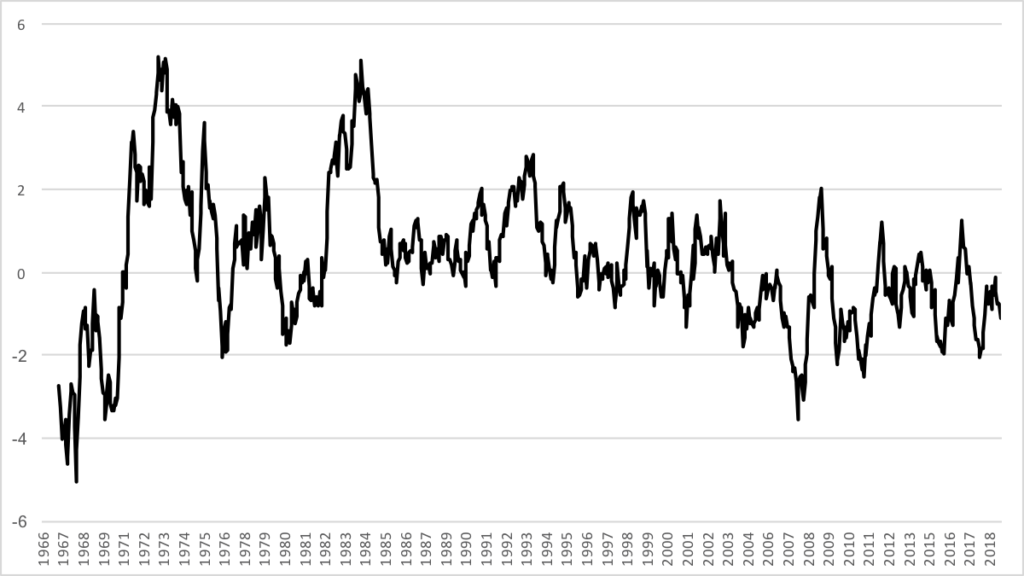Did you know that Dan Marino and Bob Griese have accounted for over 45% of all pass attempts, over 48% of all passing yards, and over 53% of all passing touchdowns in Miami Dolphins history? The Dolphins are the rare franchise that has just four players with more than 40 touchdown passes: Marino (420), Griese (192), Ryan Tannehill (123), and Jay Fiedler (66). But perhaps here is the most startling stat: Ryan Tannehill has the best passer rating in Dolphins history!
Yes, Tannehill — he of the back-to-back-to-back-to-back-to-back-to-back breakout seasons — has a better passer rating than both Marino and Griese, although of course that’s not true when you adjust for era. Marino ended his career with an 86.4 passer rating, and a 76.9 passer rating when adjusted for era. Griese had a 77.1 actual passer rating, and a 79.0 passer rating when adjusted for era (Griese also took a ton of sacks, while Marino took very few, which is the only reason Greise’s era-adjusted rating comes in ahead of Marino’s). Tannehill, through 2017, had a 65.1 era-adjusted passer rating, and in 2018, had a 66.4 EA PR, but his career un-adjusted passer rating is 87.0.
So while we know passer rating is silly to use when not adjusting for era, as a matter of trivia, it’s pretty interesting to see Tannehill ahead of Marino. But ANY/A — which includes sacks — is a better way to measure passing efficiency. And so today, I thought it might be interesting to look at the history of the Miami Dolphins passing offense and passing defenses, based on trailing 16 game averages.
That’s shown in this graph below. The orange line shows the trailing 16-game Adjusted Net Yards per Attempt average of the Dolphins offense going back to 1966. You can see the Marino-induced spike in ’84 and ’85, as more games from his historic 1984 season is captured by the trailing average. The aqua line shows the trailing 16-game ANY/A allowed by the Dolphins defense: the valleys shown in ’73/’74 and early 1983 are good representations of the Super Bowl defenses that carried the Dolphins in 1972, 1973, and 1982 (of course, the ’72 and ’73 offenses were good, too).

And here’s the same data, but showing simply the net ANY/A: i.e., the offensive ANY/A minus the defensive ANY/A for each trailing 16 game period. The Dolphins were above average for most of the first 30 years following the merger, but since the 2002 realignment, the Dolphins have spent more time underwater:

Finally, I calculated how often the Dolphins “won” the ANY/A battle in all games (including playoff games) started by each quarterback (min: 10 starts). For example, under Marino, the Dolphins had the better ANY/A in a game 161 times, a worse ANY/A 96 times, and the same ANY/A one time. That translates to a 0.626 winning percentage, and under Marino, Miami “won” the ANY/A battle 65 more times than they lost.
Under Tannehill, Miami had the better ANY/A only 40 out of 88 games.
And you may notice that Morrall has a pretty sparkling 12-2 mark here. In 1972, the Dolphins won the ANY/A battle in 16 of 17 games: Miami lost the ANY/A battle against Morrall’s former team, but the Dolphins still won 23-0 thanks to a dominant ground game that day.
